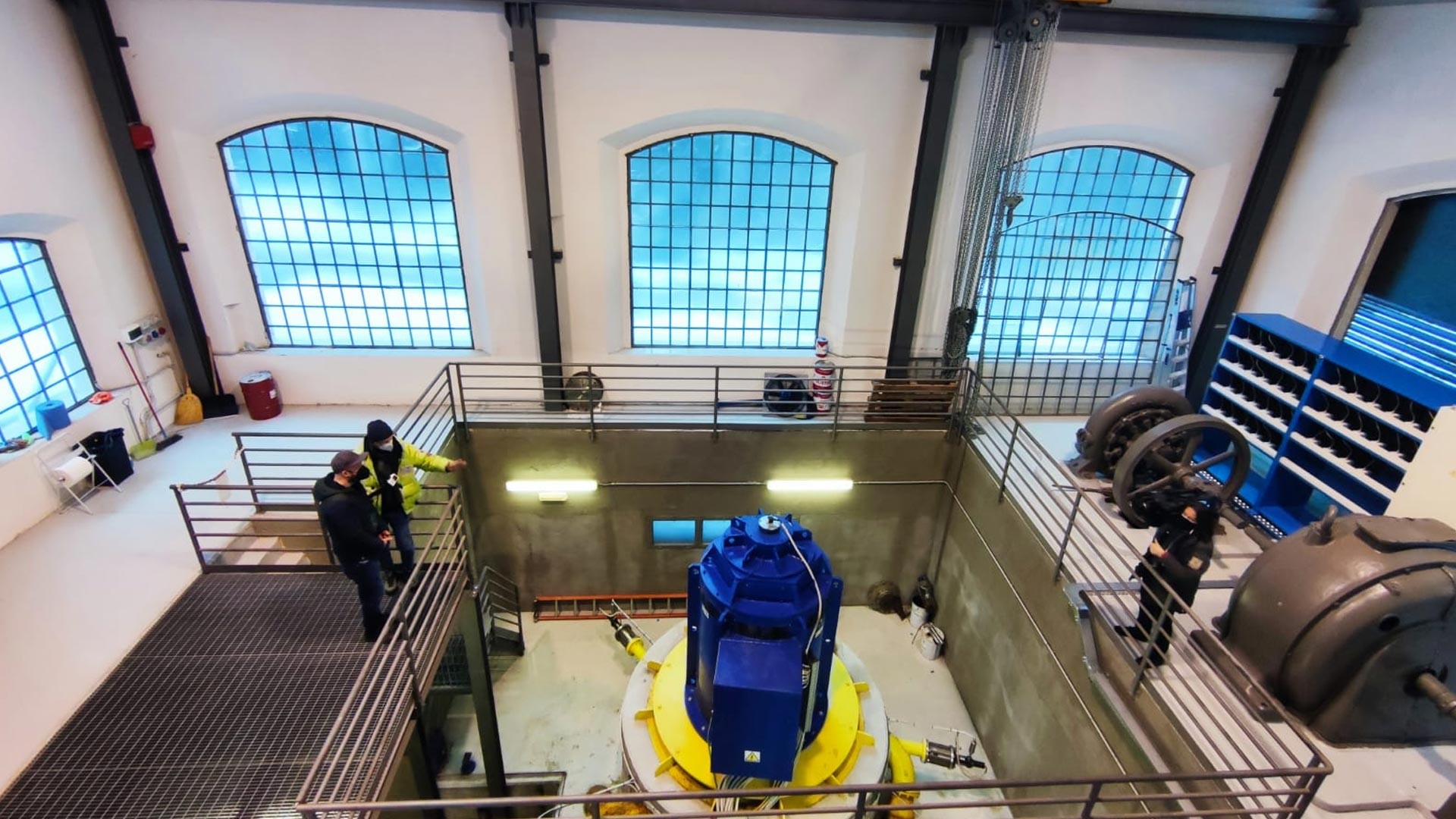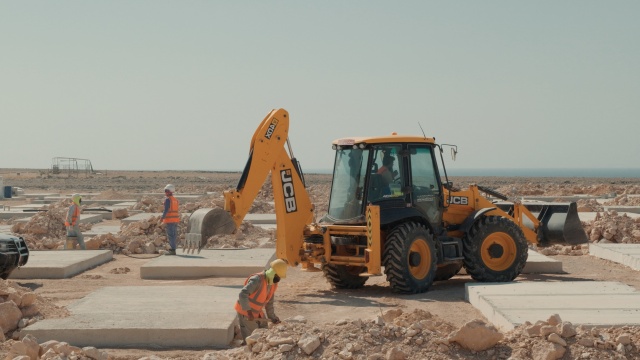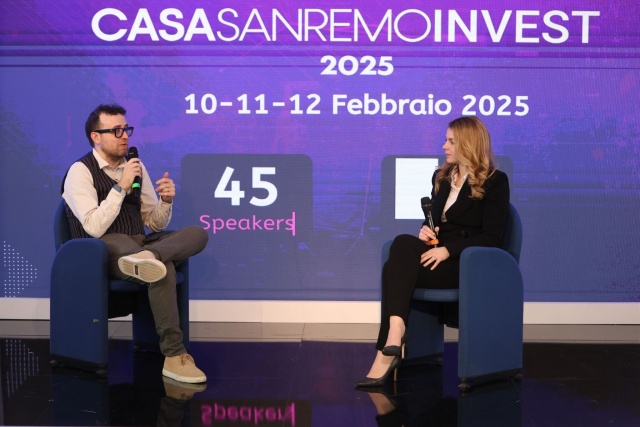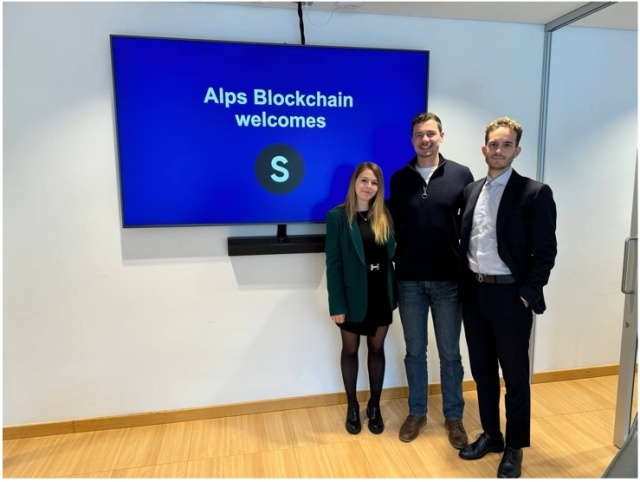For the first time in Italy, a municipal administration has decided to convert part of the production of a municipal power station into computing power dedicated to mining. It happens in the municipality of Borgo d'Anaunia, in the old Alta Novella power station, where the 40 miners installed are powered by green energy produced by the water of the Novella stream. A solution that, according to Mayor Daniele Graziadei, 'allows us to introduce and embrace an innovative solution to enhance the energy produced and help sustain the future of the power station'.
Borgo d'Anaunia is a tiny municipality of 2,500 inhabitants in the province of Trento, established two years ago following the merger of the territories of Castelfondo, Fondo and Malosco. A 'young' territory, as Nordesteconomia describes it, but aimed at innovation and with very clear ideas. Exactly like those of the mayor Daniele Graziadei, thirty-seven years old and with a past in the world of information technology, who managed to convince his council to approve a resolution on 31 December 2021 that formalised the agreement with IDM srl of Trento, which, in partnership with Alps Blockchain, has provided 40 supercomputers installed inside the municipal hydroelectric power station 'Alta Novella' located near the Novella stream and immersed in the lush greenery of the fir trees of Val di Non.
"The production of our power plant depends 100 per cent on the flow of the stream, which decreases in the winter months to only 70 to 80 kilowatts. Precisely in order to try to maximise the plant's profit during the most complicated periods, we have decided to sell one fifth of the total production in the form of computing power, and the remainder to the free market,' Daniele Graziadei, the first mayor in Italy to approach this innovative technology, explains to Nordesteconomia.
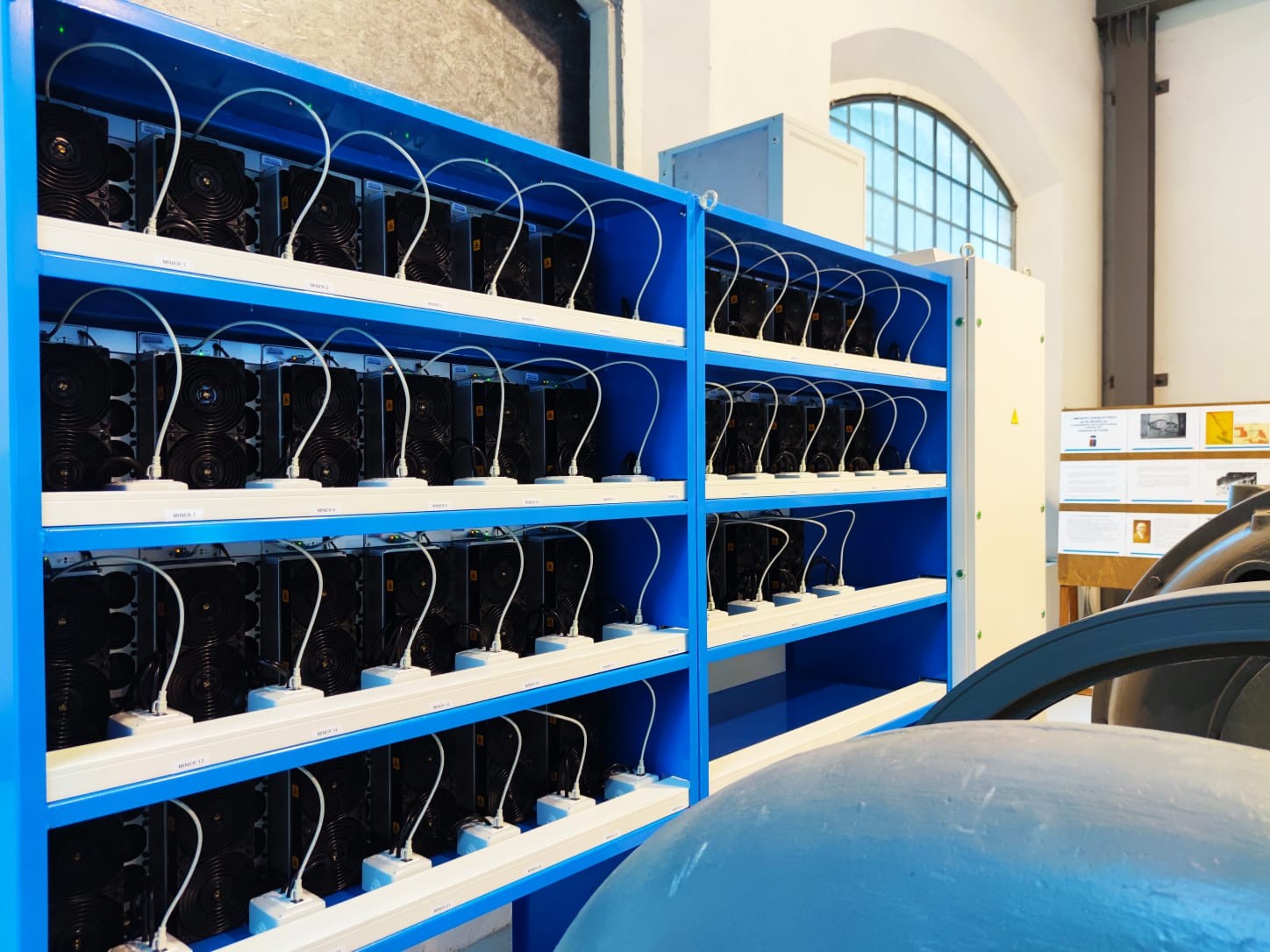
A solution, emphasises Graziadei, that allows the administration to give a clear future to the facility, also giving stability to the municipal budget by projecting the facility towards an extreme modernisation, and making it a real supercomputing centre with a power of 4 petahash, ideal for the extraction of virtual currencies in a green way.
"With this project, we aim to become a leading player in the promotion of blockchain as a tool for research and sustainable web 3.0 development, as well as to make available a technology that allows the world population that is currently excluded from the traditional monetary system to be included in it,' continues Graziadei. The plant will make it possible to identify new opportunities to upgrade the plant's current electricity system by focusing on a new industry sector, that of crypto'. The cost of the entire operation is around EUR 150,000.
Sources and releases:


